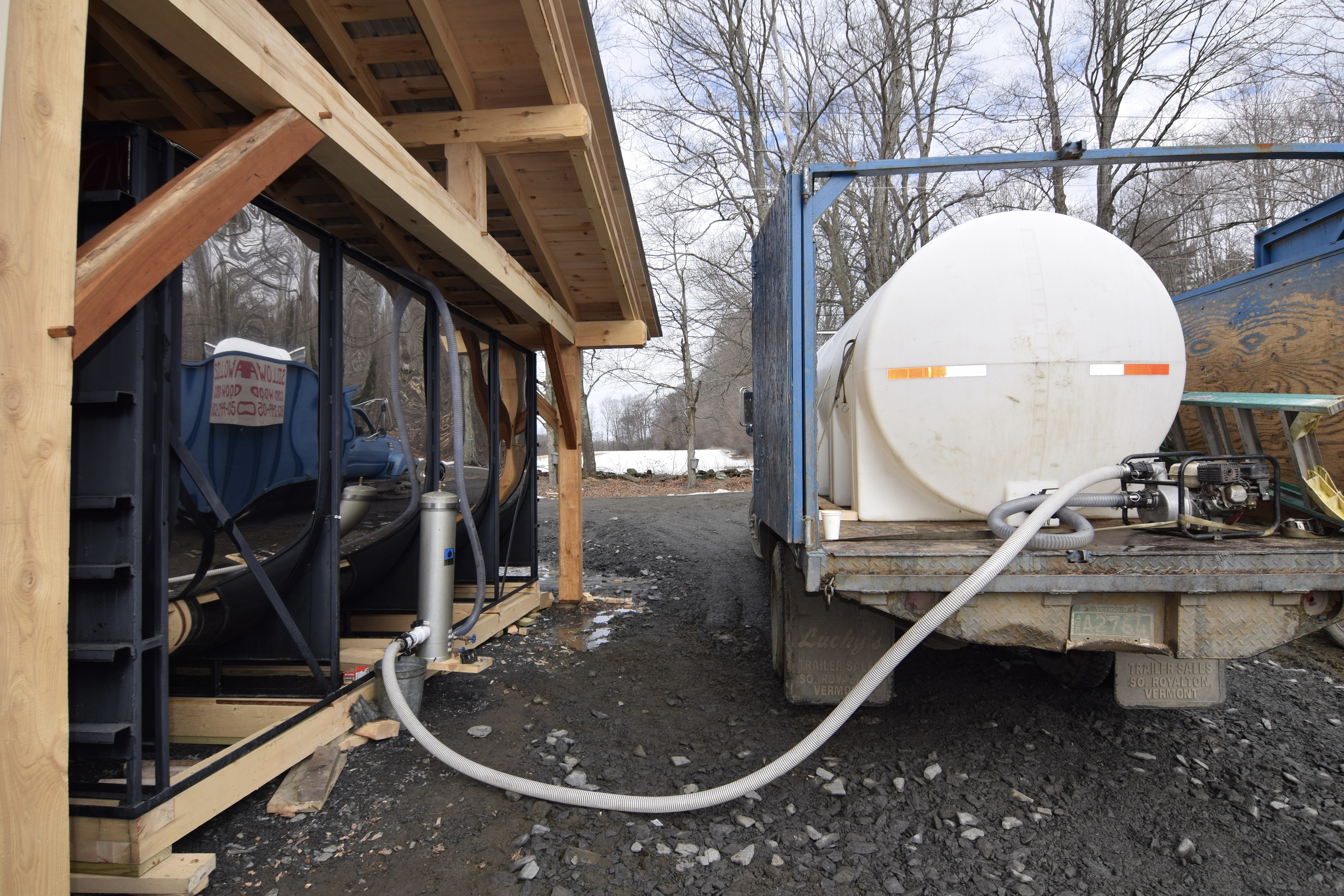UVM Proctor Page
UVM offers a new contract template for sap sellers
By MARK CANNELLA, UNIVERSITY OF VERMONT EXTENSION | OCTOBER 5, 2022
MORRISVILLE, Vt.—What could be worse than a ten-page legal contract?
Perhaps an eighteen-page legal agreement is a “non-starter” and you would rather bear the risk if something goes wrong.
Educators at UVM were hesitant to publish a long version for the new Sap Non-Exclusive Supply Agreement knowing that the common practice is a handshake agreement.
The challenge we faced from legal professionals and maple producers we consulted with was that there so many different considerations that could not be ignored.
The result is a robust and inclusive educational document/legal agreement template that enables a sap supplier and sap buyer to negotiate and agree to important terms guiding the arrangement.
The Maple Sap Non Exclusive Supply Agreement and an Additional Clauses Supplement factsheet are available online in the Resource Library at www.maplemanager.org
This new resource will be useful whether you decide a formal binding contract is right for you or, instead, you simply feel that you need to discuss a few more risk factors to improve the format of your relationship with another business.
What is a binding contract?
Both binding and non-binding contracts are in essence “promises” that two parties agree to.
A binding contract is a formal agreement that includes the necessary components to make it valid and enforceable.
To be enforced the arrangement must be absent of disqualifying factors like coercion. Non-binding contracts are very common too.
The question for maple managers will be to consider how large the risks are if something goes wrong and if those risks are large enough to need an enforceable contract.
Key features of a thoughtful Sap Supply Agreement
Sap suppliers and buyers have a number of options for how to do business together and the contract format makes sure that these key components are clear to everyone.
Both the sap supplier and sap buyer have general responsibilities explained early in the contract.
An example is the clarification that seller is in fact selling raw sap (not concentrate), the seller will deliver the sap to the buyer and the sellers sap will conform to the product specifications described in the agreement.
Key responsibilities of the buyer include their requirement to adequately inspect each load upon arrival and the provision of enough storage tanks to receive the delivery.
Suppliers and sellers can establish the process for inspecting incoming sap.
This includes the selection of measuring instruments, identifying the person that will do the measuring, establishing a record system and explaining a process to handle any disputes.
There is always the opportunity to add more detail to the agreement.
The new UVM template offers sap pricing guidance that refers to sap price tables or calculators that factor in sugar content, sap volume, bulk syrup market price and the decision of what percent of the crop revenue (ie. 50% or 65%) goes to the sap seller.
Prices are not stable however, so a more detailed supply contract could include an “adjustable pricing” clause that determines how the pay price is adjusted if a major market price change occurs sometime before the final payment is made to the supplier.
Another contact adjustment to consider is the concept of “exclusivity.”
Exclusivity means that the suppliers and buyers commit to only do business with each other.
Sap suppliers who are not close to enough buyers will be motivated to secure a sap sales outlet that can take the full amount of sap that is produced.
In this case the sap supplier may wish for the sap buyer to commit exclusively to purchase this sap, and prohibit the option for the buyer to accept sap from a different source in any way that limits the amount of sap accepted from the original supplier.
Sap buyers will have different factors to consider. In a particular locale where multiple syrup processors are seeking more sap, a sap buyer may want an exclusive sap seller to ensure a sufficient volume of sap is available to meet their processing targets.
This could also lock in a specified price and avoid price competition during the spring season.
Maple sap and syrup producers don’t need to be able to write their own legal agreement from scratch.
Even without a valid contract, both parties can benefit from a more complete discussion before they agree to do business together.
Take time to understand what you need from the business-to business relationship agreement and if there are large risks that you want to moderate beforehand.

































